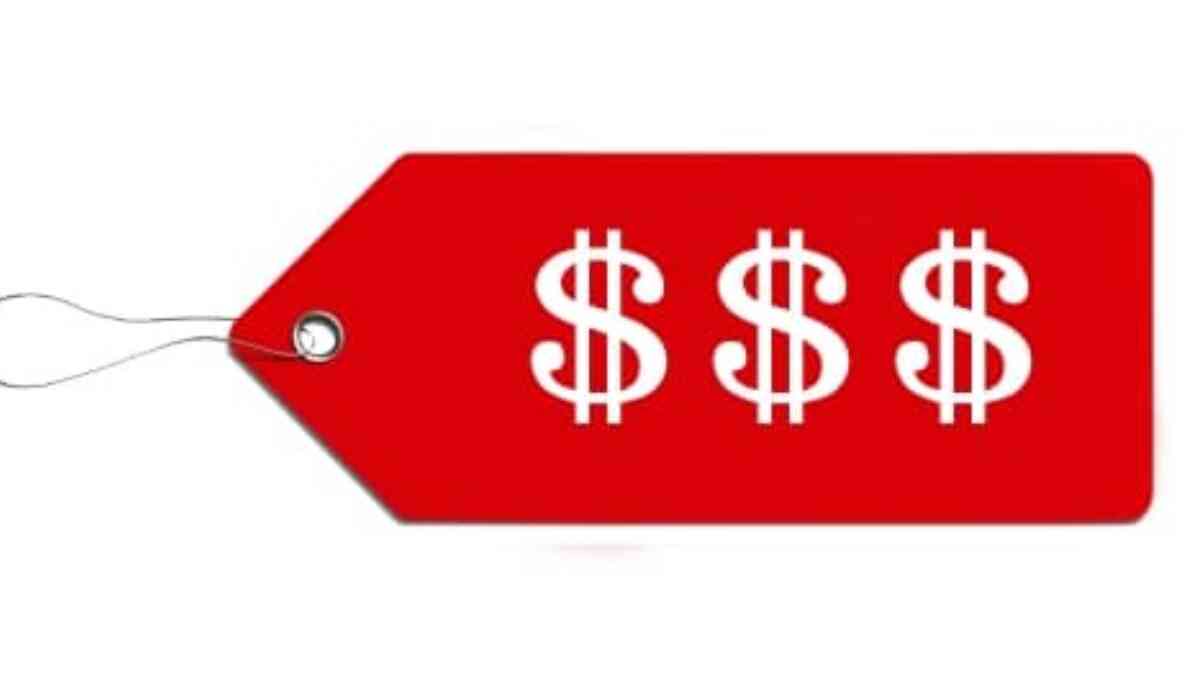
How to Set a Price for Your New Product or Service
Setting the price for a completely new product can be a real challenge. You cannot use an existing product’s price as a basis for your decision and you run the risk of not realizing enough sales if you go too high or not cashing in on the true value of your product if you go too low.
To navigate these potential pitfalls, most companies employ one of two pricing strategies: skimming pricing or penetration pricing.
Skimming Pricing
With a skimming strategy, the company sets a high initial price for their product or service. The goal is to “skim” the market for those customers willing to spend more instead of focusing on gaining market share through high volume of sales. A skimming strategy is ideal when:
- A company has spent a significant amount of money on R&D for the new product.
- It is not clear what demand for the product will be.
- You can expect a competitor to enter the same market relatively quickly OR the product is so innovative that you expect that market to mature slowly.
- The product is of high quality.
Companies who pursue a skimming price strategy will need to spend a significant amount of money on product promotion and brand development in order to be successful. It is also important to note that price skimming is not a sustainable strategy. This strategy allows companies to realize maximum profits in the short term but eventually the product price will need to be lowered to ensure continued success.
An example of a company who frequently employs a skimming price strategy when launching new products is Apple. Every time they launch a ground-breaking product (think iPod, iPhone, iPad, etc.) there is heavy promotion and the initial price of the product is quite high. As time goes on, Apple lowers the price to pick up additional customers who are more price-sensitive than the early adopters who are happy to pay a steeper price in exchange for having the latest technology first.
Penetration Pricing
If a skimming price strategy doesn’t fit with your company or product, consider employing a penetration price strategy instead. Unlike a skimming strategy, penetration strategy involves setting a low initial price for your product. The ultimate goal is to quickly gain a large portion of market share. Penetration strategy is ideal if:
- The new product will appeal to the masses.
- You can achieve economies of scale with more production.
One advantage to implementing a penetration pricing strategy is that it discourages competitors from entering the market, as the low price equates to low margins. A potential disadvantage to this strategy is that companies who adopt it must forego short-term profits in favor of long-term financial reward. This delay in profitability means that the company must have adequate resources to support production of the product until the long-term profits can be realized.
Don’t Forget the Strategy!
As we’ve said time and again, for marketing efforts to be successful they must be incorporated into your overarching marketing strategy. Before setting a price, do your research into the competitive landscape for your product or service and make sure your strategy aligns with company goals.
Sound like a daunting task? Not to worry—FrogDog is here to help!
This is the first article in our series about pricing strategies. To read our next article click here.
Updated: Nov 18, 2019

We do not spam. And you can unsubscribe when you want.